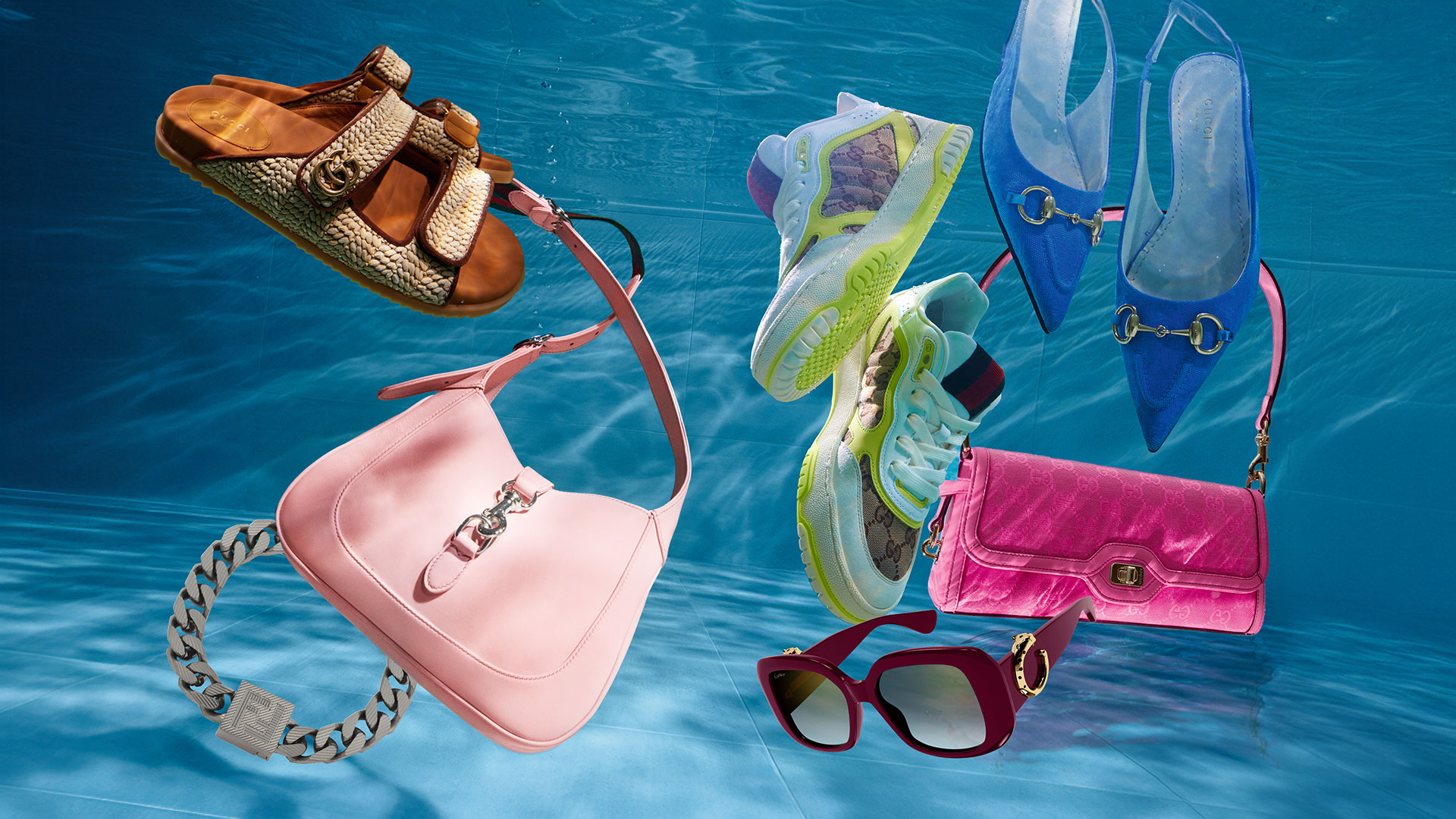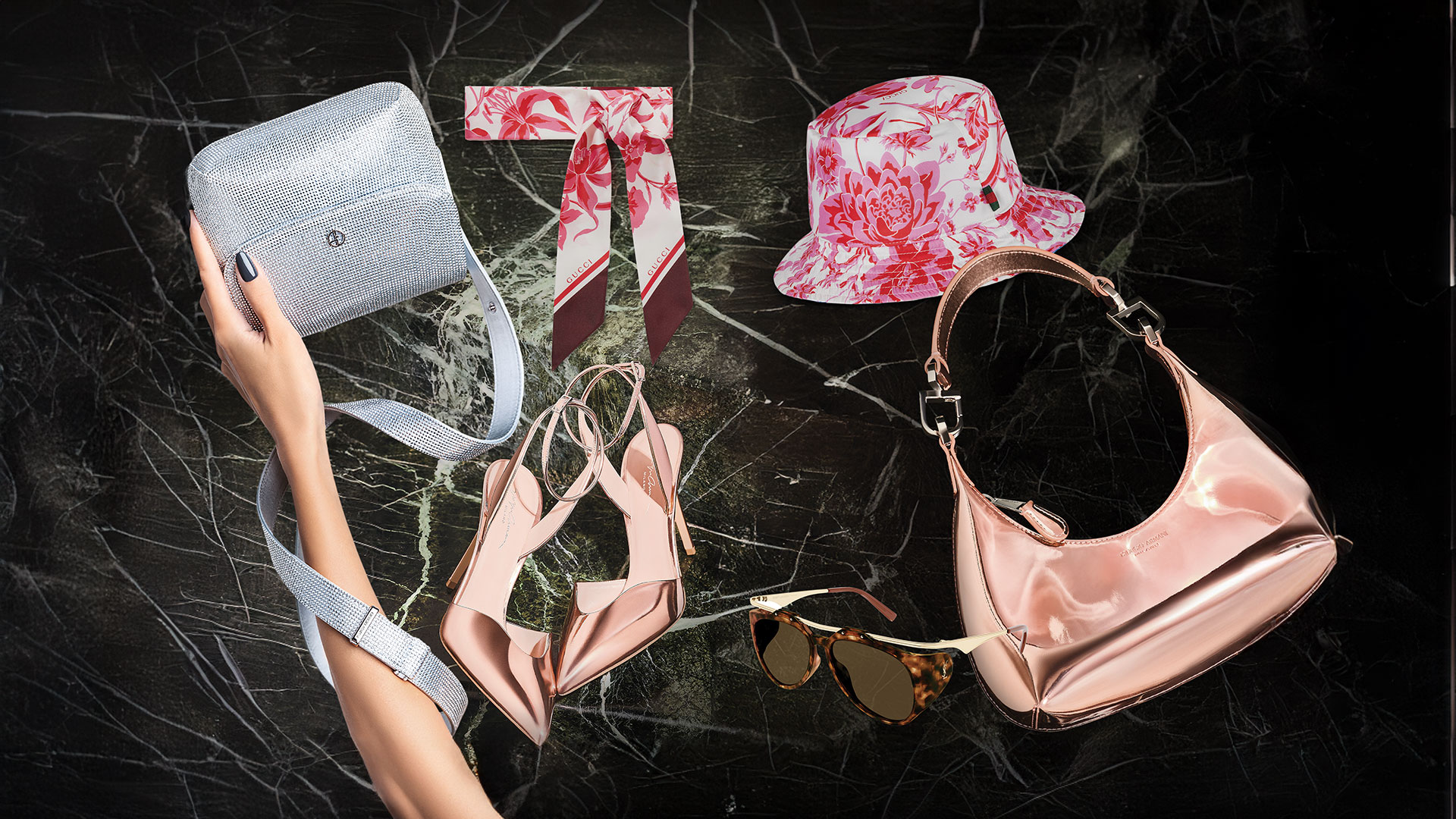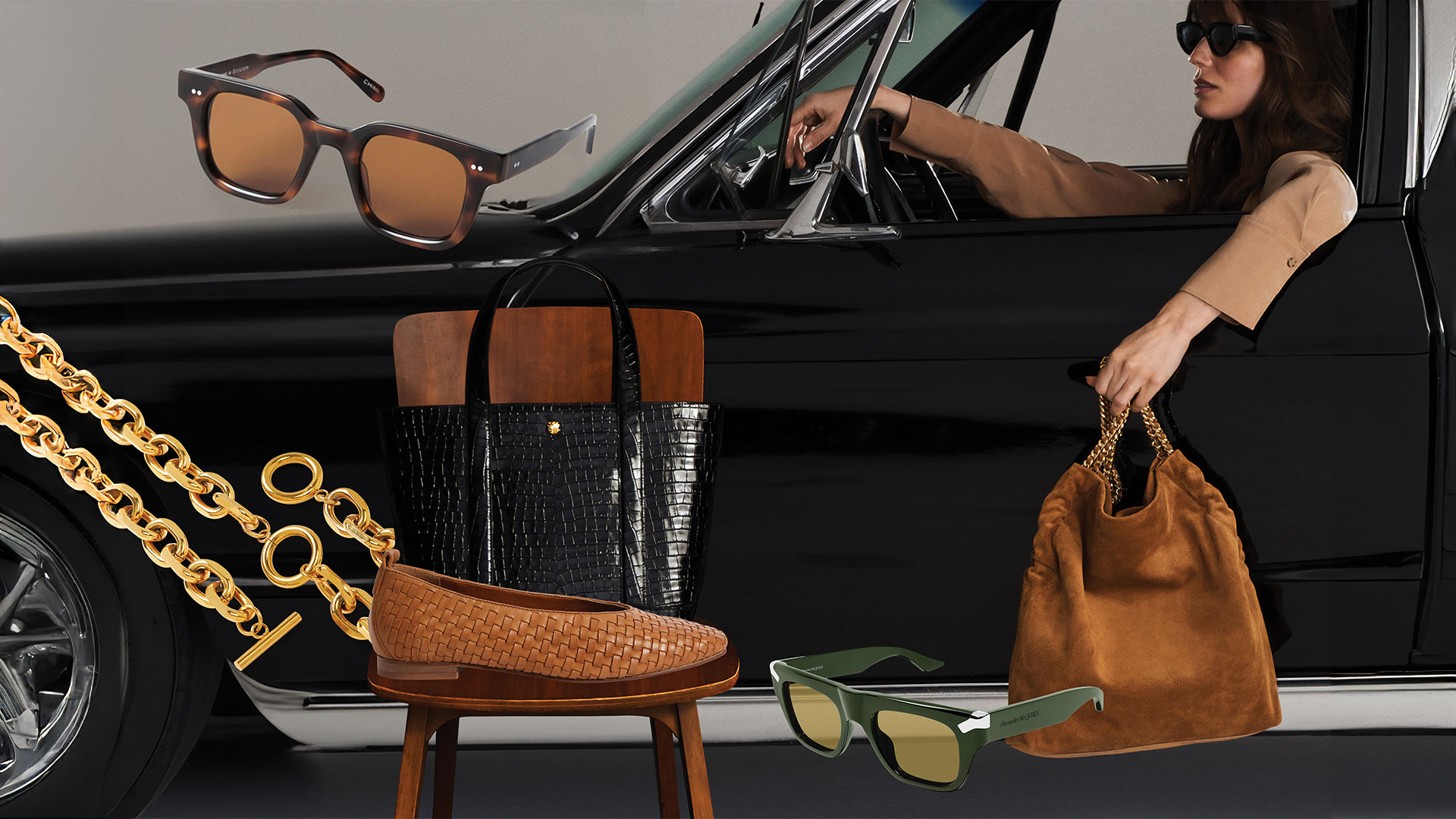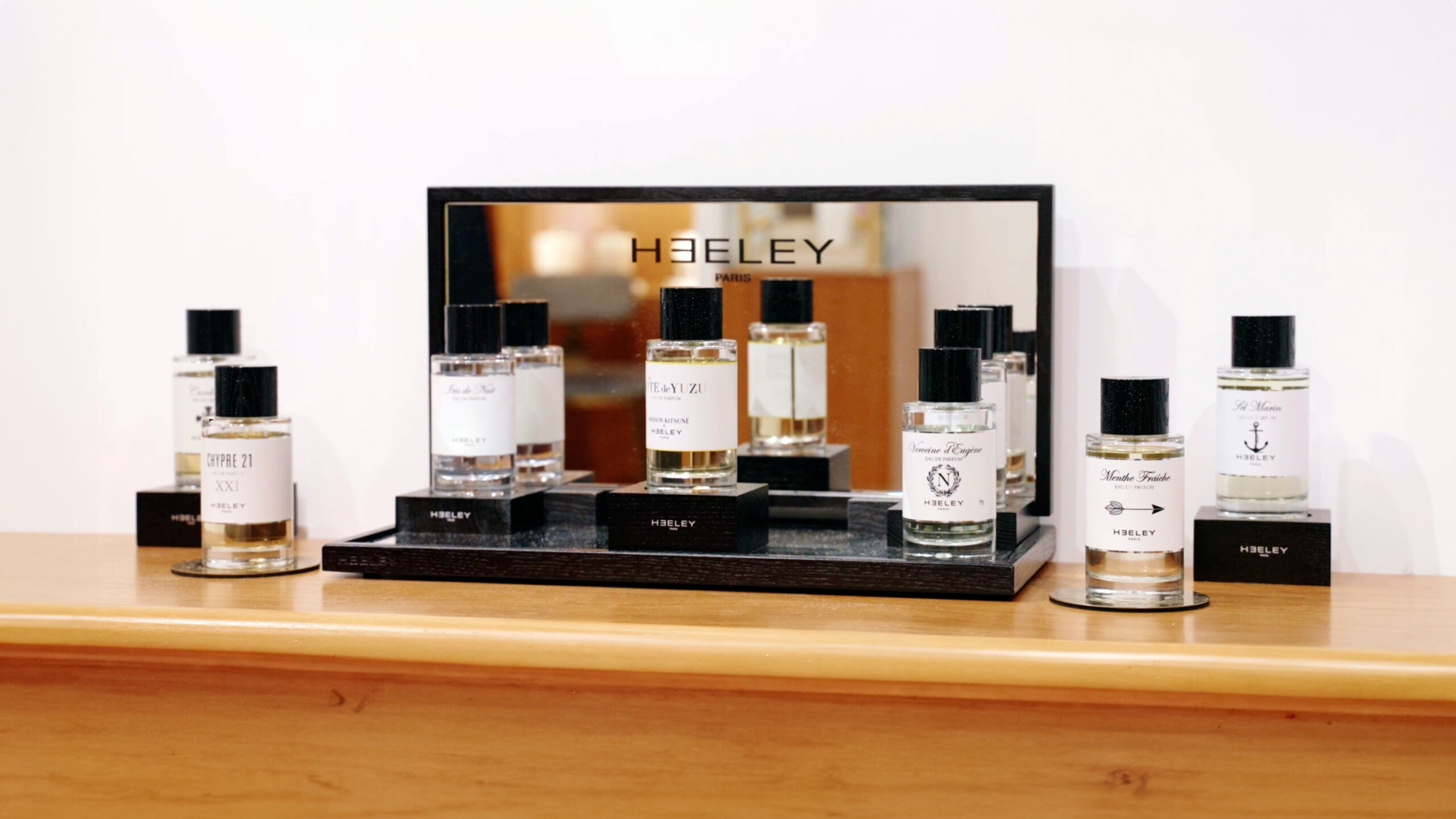
The Six Types of Lenses You Should Know Before Buying Eyeglasses

Some people are naturally blessed with perfect vision, but others need to opt for prescription eyeglasses or contacts to see clearly. Whatever your optical problem may be – farsightedness, nearsightedness or astigmatism – there are a couple of different types of lenses to choose from depending on your convenience.
Also Read: These eyewear specialists go beyond vision with new tech, premium materials and modern designs
High index
Lenses function by bending light, and the amount of light a lens can bend is referred to as the refractive index in ophthalmology terms. High-index lenses have a high refractive index, so they bend more light than any other type of lens. As a result, high-index lenses are much thinner and are a perfect option for people who have to wear glasses with high prescriptions.
Progressive
Best suited for eye complications that come from ageing, progressive lenses are embedded with more than one prescription. That way if a person has trouble seeing a distant object and a nearby object clearly, they only need to use progressive ones. Given that they don’t have any lines, it makes it easier for the eyes to adjust from one prescription to another easily.
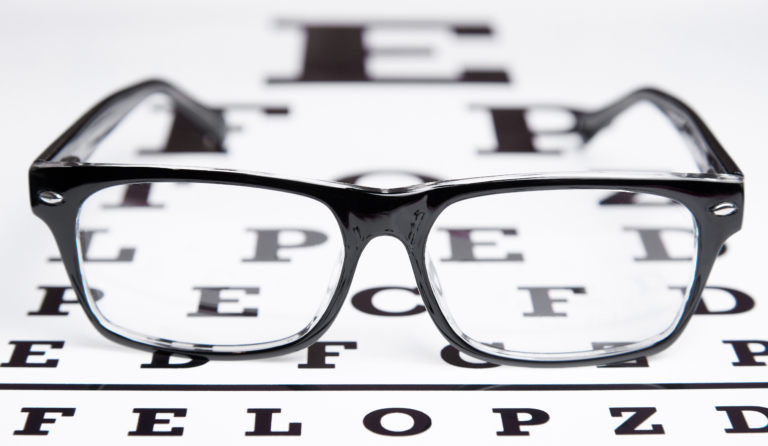
Transitions or Photochromic
As the name suggests, transition lenses change colour depending on the exposure to light. While they are generally clear inside a room, they become darker when they come in contact with sunlight or UV light. In other words, they double as sunglasses as they guarantee protection against UVA and UVB radiations. Photochromic options are preferential for those who have vision problems that require them to wear glasses all the time.
Also Read: Shade Season: Sunglasses for every occasion
Aspheric
Most types have a slight bulge on the centre portion, and this is particularly noticeable for people who have spectacles prescribed for plus power. Aspheric, on the other hand, are designed to be flat throughout the surface thus making the lens thinner. This is beneficial when picking frames because, unlike thick lenses that require full frames for support, thin lenses can be supported by half-frame and frameless glasses too.

Polycarbonate
Out of all the variations, polycarbonate ones are the easiest to maintain because they are robust in structure and have such high impact resistance, so people do not have to worry too much about accidentally dropping their glasses. Polycarbonate spectacles don’t weigh much and are usually recommended for children as they are also comfortable to wear.




